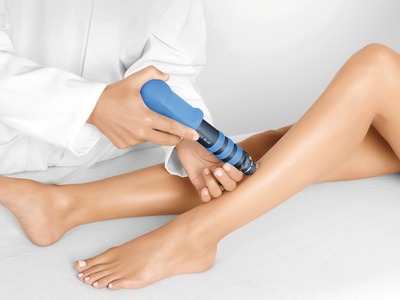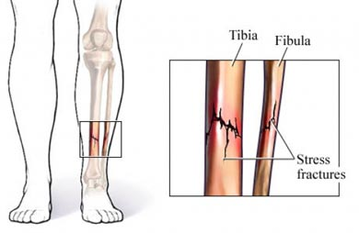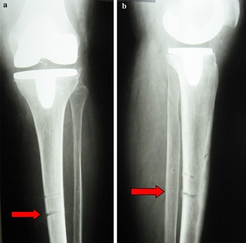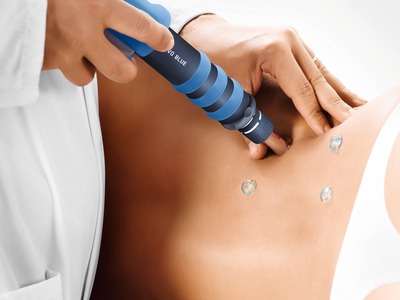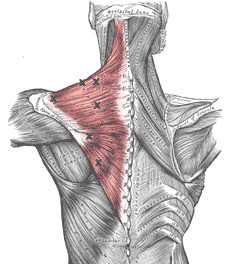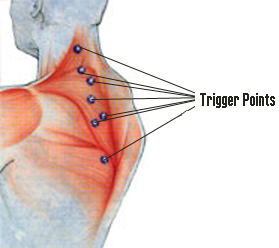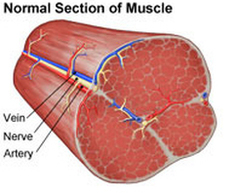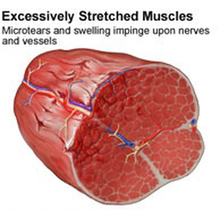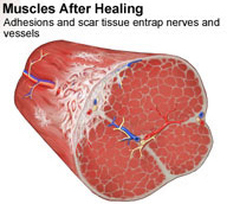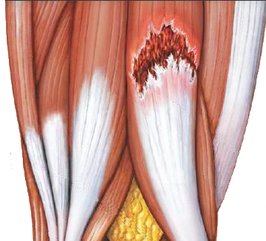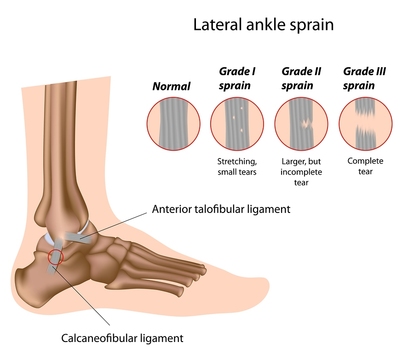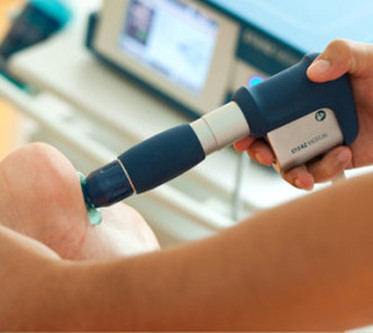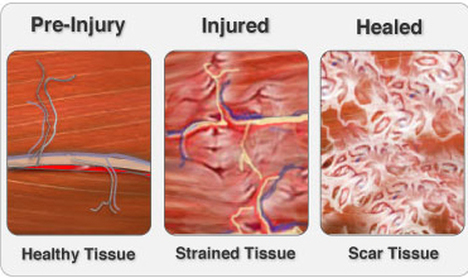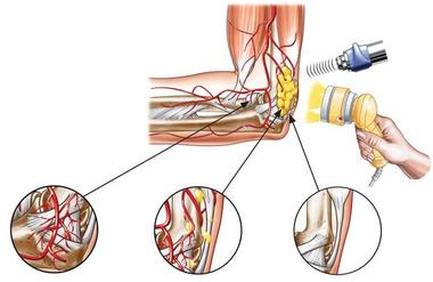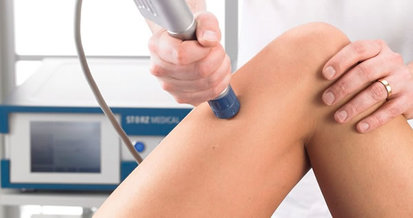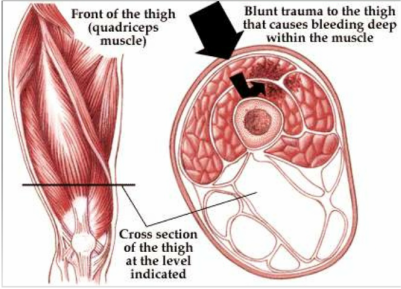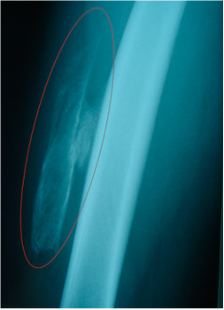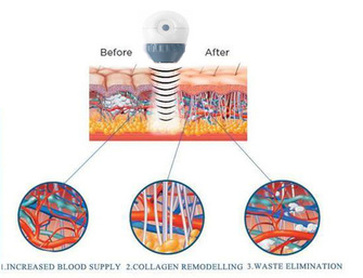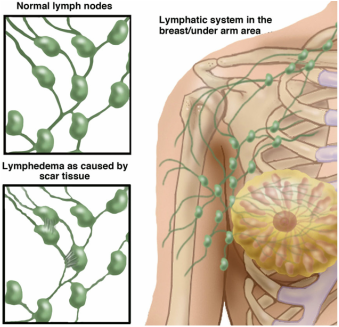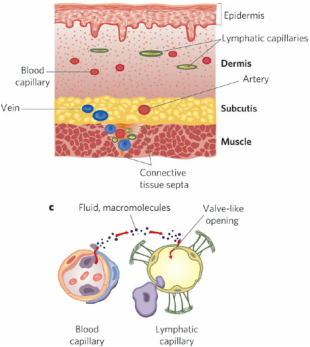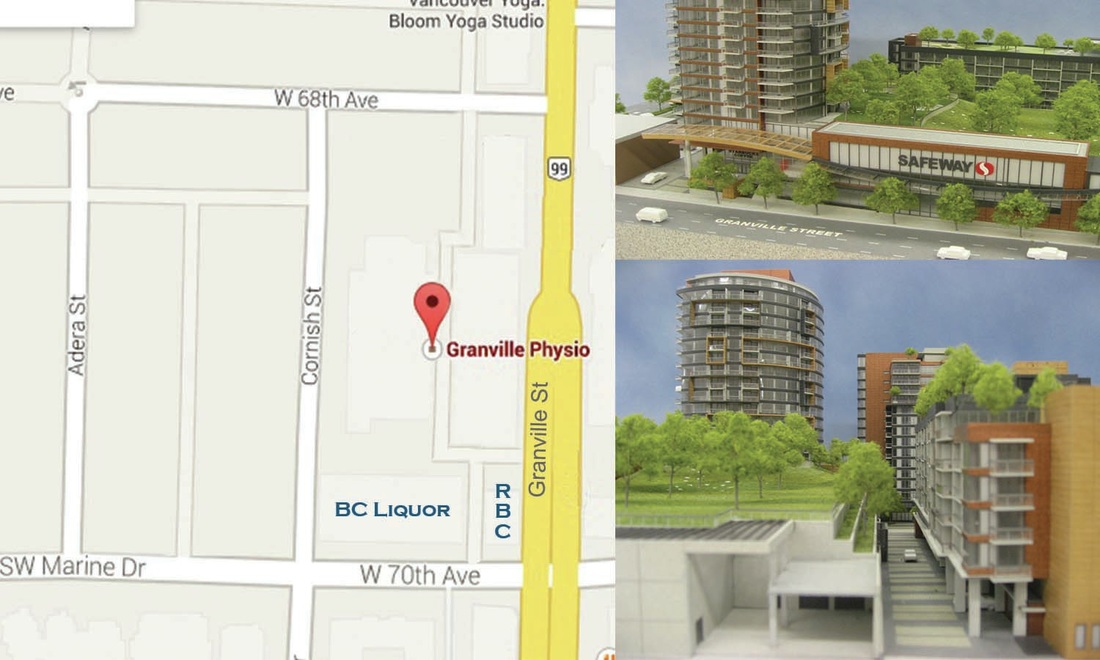GENERAL CONDITIONS
Stress Fractures
Most commonly occurring in the tibia, stress fractures occur when repetitive use of an area results in damage accumulating faster than our bodies are able to repair the bone. As we move and become tired, our muscles do not absorb the shock of our movements as efficiently, and stress is placed on the bones instead. When this is repetitively done, small cracks develop in the bone. While stress fractures may be left to heal with little to no intervention, the complete healing process may be very long, and in some cases complications such as delayed union, muscle atrophy, and chronic pain may develop.
However, the use of shockwave therapy has been shown to be extremely effective in promoting accelerated healing of the damaged bone, resulting in full union and a return to normal activity much faster than conservative treatment. Clinical absence of pain, and full bone consolidation, has been noticed as soon as 2 to 3 months after shockwave treatment, with athletes fully returning to their sports only 3 to 6 months after treatment!
However, the use of shockwave therapy has been shown to be extremely effective in promoting accelerated healing of the damaged bone, resulting in full union and a return to normal activity much faster than conservative treatment. Clinical absence of pain, and full bone consolidation, has been noticed as soon as 2 to 3 months after shockwave treatment, with athletes fully returning to their sports only 3 to 6 months after treatment!
Trigger Points
Trigger points are spots within muscles that become extremely sensitive and irritable, often causing local tenderness and radiating pain. Within the muscle bundle, a small number of muscle fibres contract, creating a localized area of pain. This area in turn can pull on tendons and ligaments associated with the muscle, causing pain in surrounding joints and tissues.
Trigger points have a number of causative factors, such as muscle overuse, disease, inflammation, or injury/trauma to the region.
Trigger points have a number of causative factors, such as muscle overuse, disease, inflammation, or injury/trauma to the region.
Muscle Strains
A muscle strain, sometimes also called a muscle pull, occurs when too much tension is placed on a muscle during activity, resulting in damage to the tissue. In severe cases, a muscle tear may even result. Strains usually result from strenuous activity, such as heavy lifting, quick motions, during sports, work tasks, or performing everyday activities.
Symptoms of a muscle strain include:
Treatment usually requires extensive rest and care. However, at Granville Physio your therapist can provide exercises, taping support, and shockwave therapy to accelerate the healing process. In a 2010 study by the American Journal of Sports Medicine, after three months 85% of hamstring-injury patients receiving shockwave therapy had reported a 50% reduction in pain, compared to only 10% of patients receiving traditional, conservative treatment. In cases where repeated tears have occurred shockwave with exercise is an excellent way to lay down a stronger more resilient scar that holds together under stress.
Symptoms of a muscle strain include:
- stiffness localized to the injured muscle with a broad ache
- discoloration
- heavy bruising
- swelling
- restricted motion
- severe pain
Treatment usually requires extensive rest and care. However, at Granville Physio your therapist can provide exercises, taping support, and shockwave therapy to accelerate the healing process. In a 2010 study by the American Journal of Sports Medicine, after three months 85% of hamstring-injury patients receiving shockwave therapy had reported a 50% reduction in pain, compared to only 10% of patients receiving traditional, conservative treatment. In cases where repeated tears have occurred shockwave with exercise is an excellent way to lay down a stronger more resilient scar that holds together under stress.
Ligament Sprains
Often caused by trauma, or the joint being extended beyond its healthy range of motion, ligament sprains can range drastically in severity. Minor sprains may require only minimal, conservative treatment for a number of days, while major strains can result in tearing or rupturing of the ligament, and may require surgery or extensive immobilization to fully recover.
The most common symptoms of sprained ligaments are:
Your physiotherapist at Granville Physio can use shockwave therapy to help accelerate your body's natural healing mechanisms, alleviate pain, and treat the sprain more quickly than conservative treatment allows. It particularly excels for stubborn ligament sprains that don't seem to heal under typical treatment.
The most common symptoms of sprained ligaments are:
- swelling
- bruising and discoloration
- popping sounds at the time of injury
- restricted motion
- intense pain
Your physiotherapist at Granville Physio can use shockwave therapy to help accelerate your body's natural healing mechanisms, alleviate pain, and treat the sprain more quickly than conservative treatment allows. It particularly excels for stubborn ligament sprains that don't seem to heal under typical treatment.
Scar Tissue
When our body is damaged, scar tissue often forms as a normal part of the body's healing process. Superficially, it is easy to recognize scars, such as when a deep cut leaves a mark behind, but scars also form internally when damage is incurred by muscles, tendons, and ligaments. However, much like a scar on the surface of our skin, internal scar tissue does not have the same qualities as the tissue it replaces. Scar tissue is very high in collagen, which arranges itself differently to be very inflexible and stiff. This poor organizational structure causes a lack of function, and can be very painful.
At Granville Physio, your therapist can use shockwave therapy to break down scar tissue, allowing the body to regain tissue flexibility and mobility while laying down a more robust and resilient scar. In one study, shockwave therapy was even used to break down scar tissue in burn patients, and after only one session the scar tissue was noticeably more pliable, and discoloration was reduced. At the end of treatment, patients reported a reduction in pain and stiffness.
At Granville Physio, your therapist can use shockwave therapy to break down scar tissue, allowing the body to regain tissue flexibility and mobility while laying down a more robust and resilient scar. In one study, shockwave therapy was even used to break down scar tissue in burn patients, and after only one session the scar tissue was noticeably more pliable, and discoloration was reduced. At the end of treatment, patients reported a reduction in pain and stiffness.
Heterotopic Ossification (traumatic myositis ossificans)
Myositis ossificans, also known as heterotopic ossification, is a condition where there is abnormal bony formation in the soft tissues. There is new bony growth in areas where normally bone is not present such as muscles, ligaments, tendons, or fascial tissue. This can occur after an injury or trauma such as a contusion to the muscle (as pictures in the middle illustration). This results in bleeding and may lead to formation of hematoma which can harden into a bone particularly if the region is massaged or heated in the early stages of recovery. Posttraumatic myositis ossificans occurs as a complication
in approximately 20% of large haematomas associated with muscle contusions and strains. It is responsible for considerable morbidity, with symptoms of prolonged pain, diminished flexibility, local tenderness and stiffness lasting an average of 1.1 years.
In some instances, even with proper conservative measures, the bone growth does not fully resolve. Prior to shockwave the main option was to have this tissue removed surgically; however, early shockwave studies are showing very promising results with reductions in bone size, restoration of range of motion, significant reduction in pain, and return to sport.
in approximately 20% of large haematomas associated with muscle contusions and strains. It is responsible for considerable morbidity, with symptoms of prolonged pain, diminished flexibility, local tenderness and stiffness lasting an average of 1.1 years.
In some instances, even with proper conservative measures, the bone growth does not fully resolve. Prior to shockwave the main option was to have this tissue removed surgically; however, early shockwave studies are showing very promising results with reductions in bone size, restoration of range of motion, significant reduction in pain, and return to sport.
Lymphedema
The lymph system is a component of the body's immune system, circulating lymph fluid, nutrients, and waste between the bloodstream and the rest of our body. Lymph nodes are dispersed throughout our body in this system, and when functioning normally they act to filter the lymph fluid as it flows through. This filtration process traps bacteria, viruses, and other potential pathogens, which are then destroyed by lymphocytes.
Lymphoedema occurs as a result of an imbalance between the demand for lymphatic flow and the capacity of the lymphatic circulation. It is characterized by the regional accumulation of excess amounts of interstitial protein-rich fluid. Lymphoedema is a slowly progressive, usually painless swelling of the extremities. Primary lymphoedema is caused by developmental abnormalities of the lymphatic vessels. Secondary lymphoedema is the result of acquired obstruction of the lymphatic vessels and lymph nodes. Secondary lymphoedema is a major complication after surgery or radiation treatment for cancer. particularly in breast cancer where lymph nodes are removed. The standard treatments for lymphoedema are compression and manual drainage, which merely mitigate the symptoms. Low-energy extracorporeal shock wave therapy effectively induces therapeutic angiogenesis and improves myocardial ischaemia in pigs and humans as well as hind limb ischaemia in rabbits, through up regulation of vascular endothelial growth factor (VEGF). VEGF-C plays an important and essential role in lymphangiogenesis. Basic fibroblast growth factor (bFGF) can also induce lymphangiogenesis, and it's effect is mediated via VEGF-C.
Vibration therapy using the V-ACTOR applicator has proven itself a useful complement to shockwave therapy. Muscle fibres naturally resonate at up to 35 Hz. The amplitudes achieved by this resonance may reach the thickness of a human hair. The purpose of this physiological tremor is a drainage effect for the terminal vessels of the arteriovenous and lymphatic system within the extracellular matrix. This is connected to the tissue cells via ion channels and membrane bound protein bridges. The fine resonances of the muscle fibres ensure an inflow and outflow within the tissue – something which the cardiovascular system is unable to accomplish. The objective of medical lymph drainage is to return tiny lymph-dependent tissue particles and fluid to the major lymph vessels by means of special stimulating hand movements. In lieu of manual lymph drainage, outstanding lymph drainage effects can also be achieved with the V-ACTOR vibration head. As with manual lymph drainage, the treatment starts by stimulating the central and peripheral lymph nodes. This is followed, as with traditional lymph drainage, by treating the major lymph vessels in a proximal to distal direction using circular movements. Treatment is indicated for post-trauma conditions with oedematous swelling, such as are often experienced following surgery, sports injuries and venous and lymphatic diseases. Good results have been achieved following sprains, ligament injuries and muscle fibre tears. After the major lymph vessels in the extremities are opened up as a result of the draining vibration effect of the V-ACTOR, the smallest of the lymph capillaries in the injured area are accessed using radial shock waves. The pressure of the shock waves causes a curtain-like opening of the capillary walls, allowing tissue debris and erythrocytes to be washed in. Reducing these substances results in reduced lymph retention and a consequent reduction in oedema. Vibration therapy with the V-ACTOR stimulates physiological muscle oscillations, leading to drainage of lymph and tiny tissue debris towards the center. The benefits of the lymph drainage facilitating V-ACTOR applicator are clear, and not only in sports medicine and postoperative swelling.
Shockwave therapy is a newer treatment option for this condition, and in one study was shown to decrease the circumference of the swollen limb by 26%! At Granville Physio, your therapist will use a combination of shockwave therapy, accupunture, and exercises to reduce fluid blockage and alleviate swelling in the affected limb(s).
Lymphoedema occurs as a result of an imbalance between the demand for lymphatic flow and the capacity of the lymphatic circulation. It is characterized by the regional accumulation of excess amounts of interstitial protein-rich fluid. Lymphoedema is a slowly progressive, usually painless swelling of the extremities. Primary lymphoedema is caused by developmental abnormalities of the lymphatic vessels. Secondary lymphoedema is the result of acquired obstruction of the lymphatic vessels and lymph nodes. Secondary lymphoedema is a major complication after surgery or radiation treatment for cancer. particularly in breast cancer where lymph nodes are removed. The standard treatments for lymphoedema are compression and manual drainage, which merely mitigate the symptoms. Low-energy extracorporeal shock wave therapy effectively induces therapeutic angiogenesis and improves myocardial ischaemia in pigs and humans as well as hind limb ischaemia in rabbits, through up regulation of vascular endothelial growth factor (VEGF). VEGF-C plays an important and essential role in lymphangiogenesis. Basic fibroblast growth factor (bFGF) can also induce lymphangiogenesis, and it's effect is mediated via VEGF-C.
Vibration therapy using the V-ACTOR applicator has proven itself a useful complement to shockwave therapy. Muscle fibres naturally resonate at up to 35 Hz. The amplitudes achieved by this resonance may reach the thickness of a human hair. The purpose of this physiological tremor is a drainage effect for the terminal vessels of the arteriovenous and lymphatic system within the extracellular matrix. This is connected to the tissue cells via ion channels and membrane bound protein bridges. The fine resonances of the muscle fibres ensure an inflow and outflow within the tissue – something which the cardiovascular system is unable to accomplish. The objective of medical lymph drainage is to return tiny lymph-dependent tissue particles and fluid to the major lymph vessels by means of special stimulating hand movements. In lieu of manual lymph drainage, outstanding lymph drainage effects can also be achieved with the V-ACTOR vibration head. As with manual lymph drainage, the treatment starts by stimulating the central and peripheral lymph nodes. This is followed, as with traditional lymph drainage, by treating the major lymph vessels in a proximal to distal direction using circular movements. Treatment is indicated for post-trauma conditions with oedematous swelling, such as are often experienced following surgery, sports injuries and venous and lymphatic diseases. Good results have been achieved following sprains, ligament injuries and muscle fibre tears. After the major lymph vessels in the extremities are opened up as a result of the draining vibration effect of the V-ACTOR, the smallest of the lymph capillaries in the injured area are accessed using radial shock waves. The pressure of the shock waves causes a curtain-like opening of the capillary walls, allowing tissue debris and erythrocytes to be washed in. Reducing these substances results in reduced lymph retention and a consequent reduction in oedema. Vibration therapy with the V-ACTOR stimulates physiological muscle oscillations, leading to drainage of lymph and tiny tissue debris towards the center. The benefits of the lymph drainage facilitating V-ACTOR applicator are clear, and not only in sports medicine and postoperative swelling.
Shockwave therapy is a newer treatment option for this condition, and in one study was shown to decrease the circumference of the swollen limb by 26%! At Granville Physio, your therapist will use a combination of shockwave therapy, accupunture, and exercises to reduce fluid blockage and alleviate swelling in the affected limb(s).
